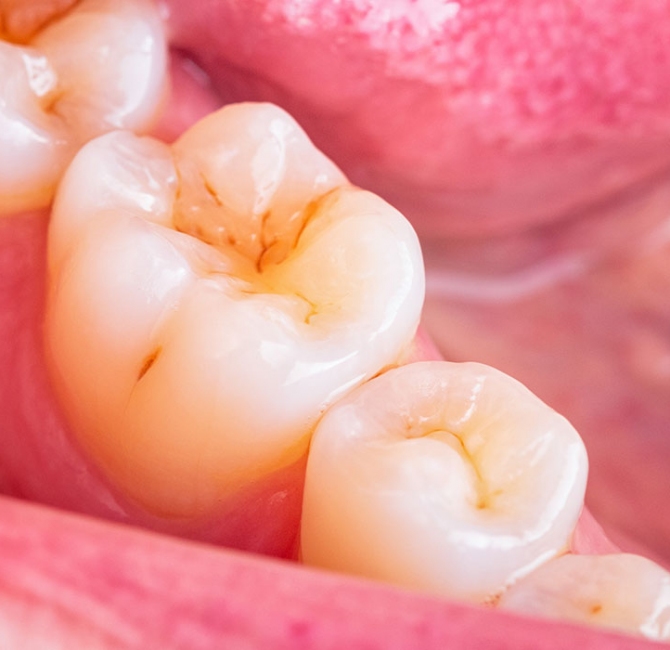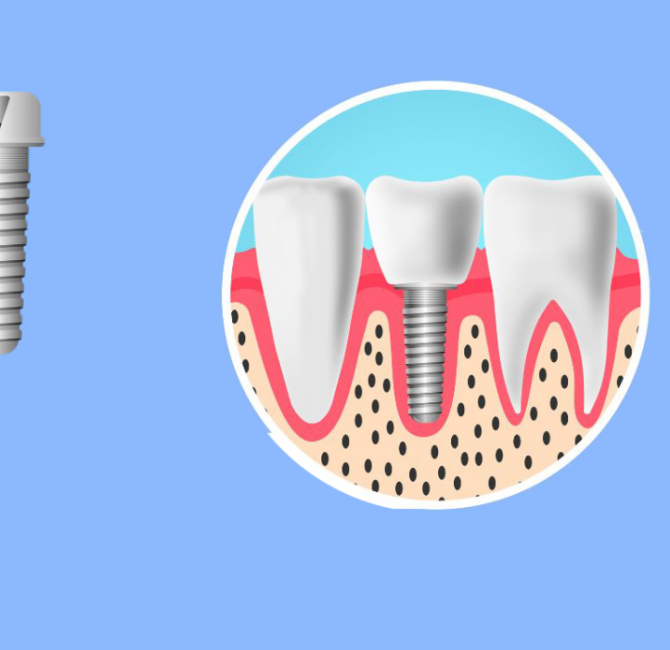Key messages:
- Clients may exhibit both intraoral and extraoral manifestations of lichen planus. Those with multisite involvement require multidisciplinary management.
- Refer any suspected cases of oral lichen planus or oral lichenoid lesion to a specialist unless competent to manage the condition and if appropriate.
- Oral health practitioners must realize the risk of malignant transformation associated with oral lichen planus and oral lichenoid lesions. Regular monitoring and referral to specialists for any clinically significant changes are essential.
Introduction
Lichen planus (LP) is a mucocutaneous chronic inflammatory condition that can affect the oral cavity, skin, genitalia, and other extraoral sites. It affects just under 1% of the general population, predominately adults over 40, although it can occur at any age.
The etiology of oral lichen planus (OLP) is unknown. However, it is likely multifactorial, involving genetic and environmental factors. Oral lichenoid lesions (OLLs) develop in response to extrinsic substances. For example, contact reactions to dental materials, especially amalgam, or lichenoid drug reactions to medications (e.g., specific ACE inhibitors, beta-blockers, diuretics, NSAIDs, etc.).
Lichenoid inflammation is characteristic of OLP and OLLs, and differentiating between the two can be challenging. Appropriate knowledge is essential to diagnose and manage OLP and OLLs, as clients with these conditions may present with varying signs and symptoms.
Close monitoring of OLP and OLLs is critical because of the potential for malignant transformation. Varied presentations, important differential diagnoses, and difficult management often necessitate referral of OLP and OLLs to specialists.
Abstract
Lichen planus is a chronic mucocutaneous inflammatory condition that can affect the oral cavity. However, its diverse presentation, differential diagnosis, potential malignant change, and monitoring requirements often pose challenges. This article examines these challenges and provides information to support the recognition and management of clients with oral lichen planus or oral lichenoid lesions.



